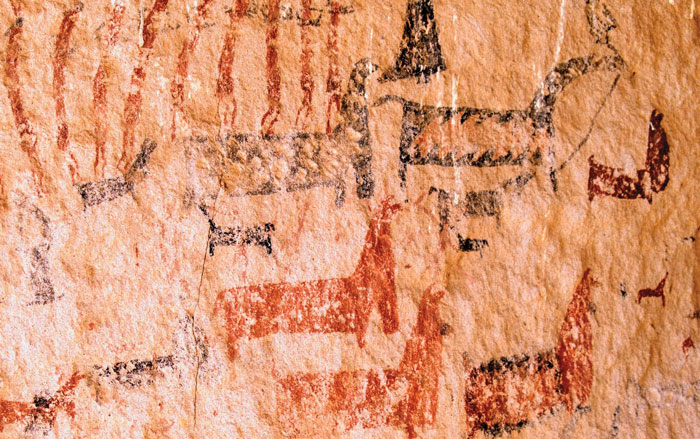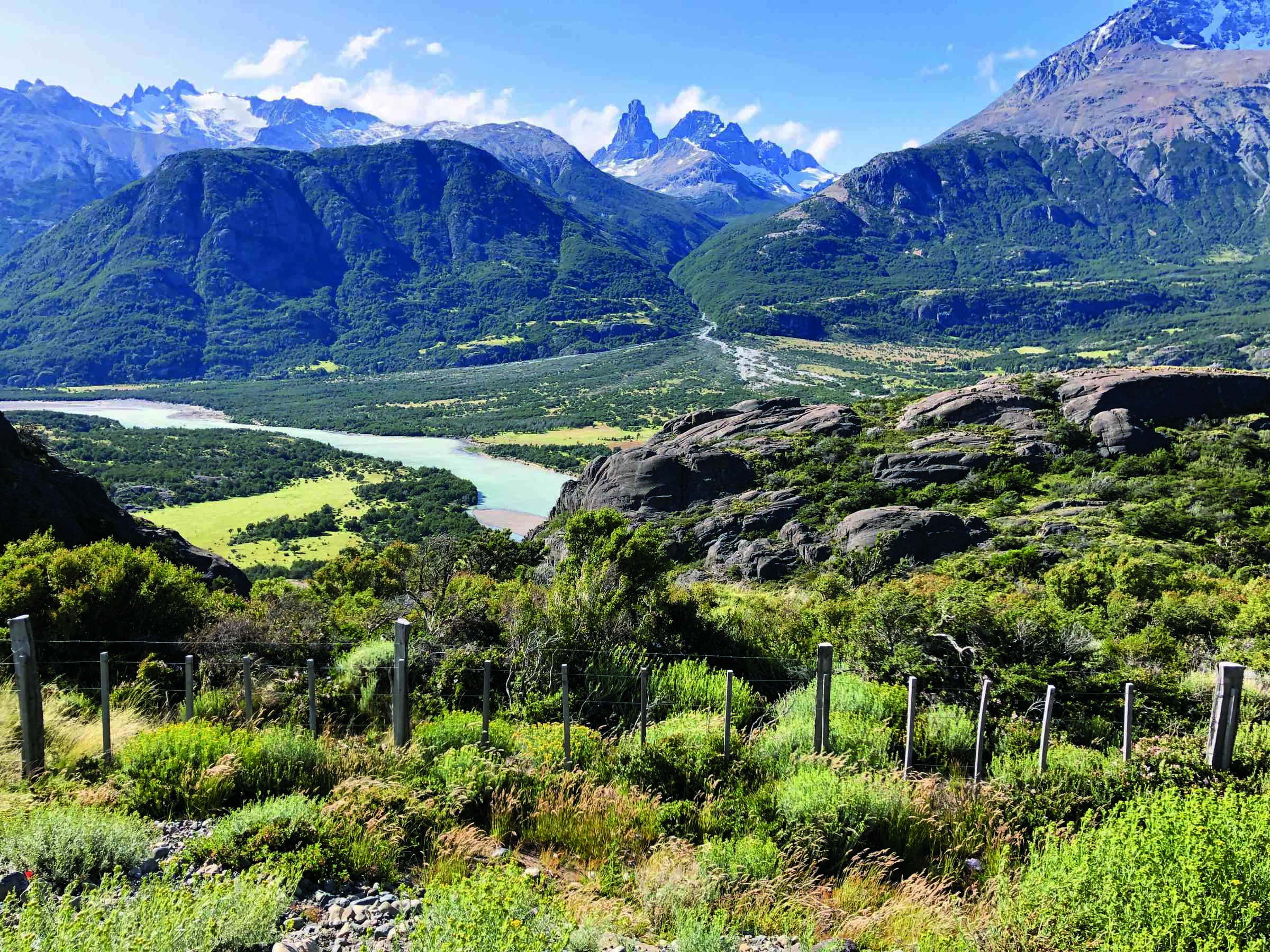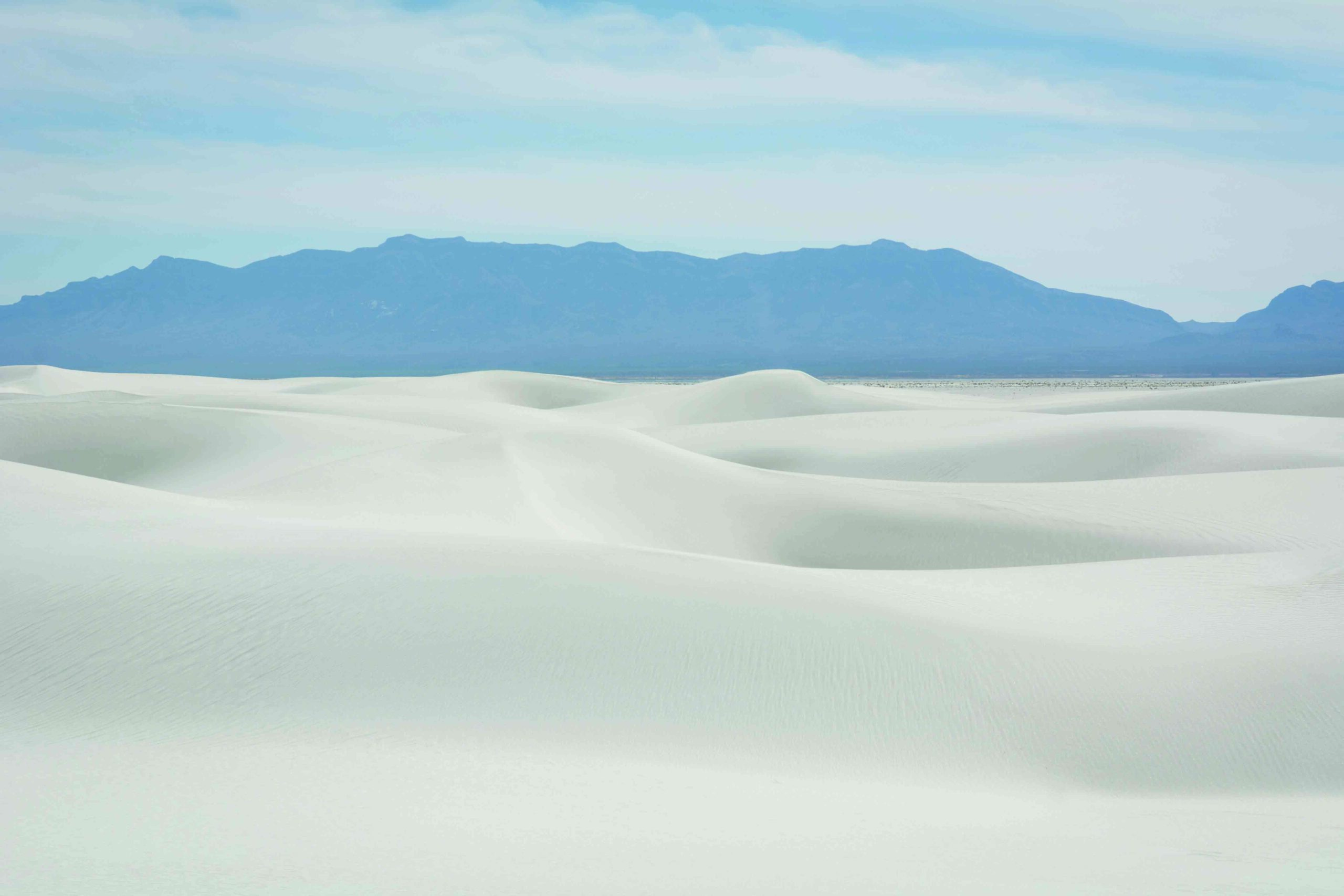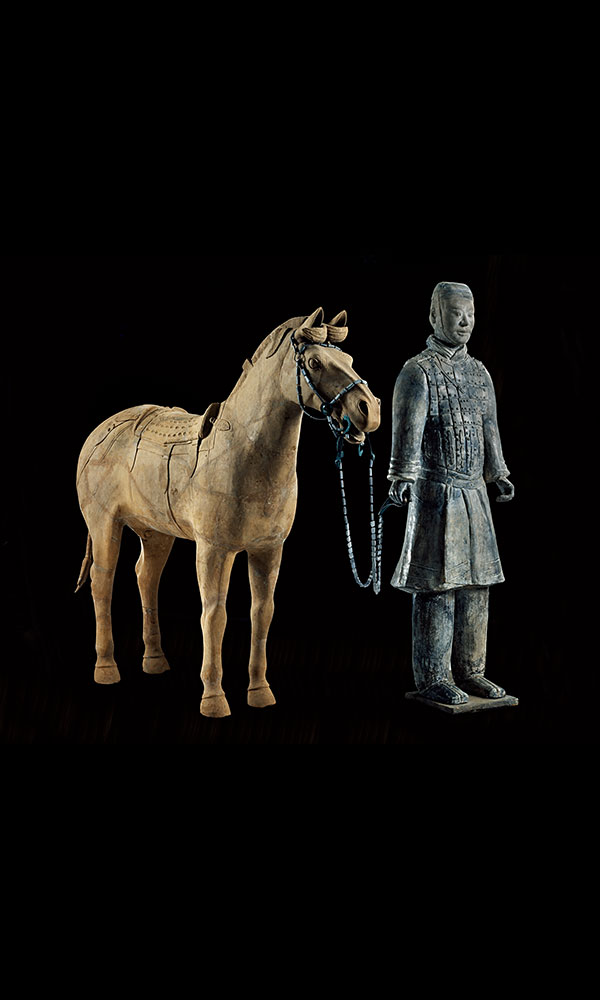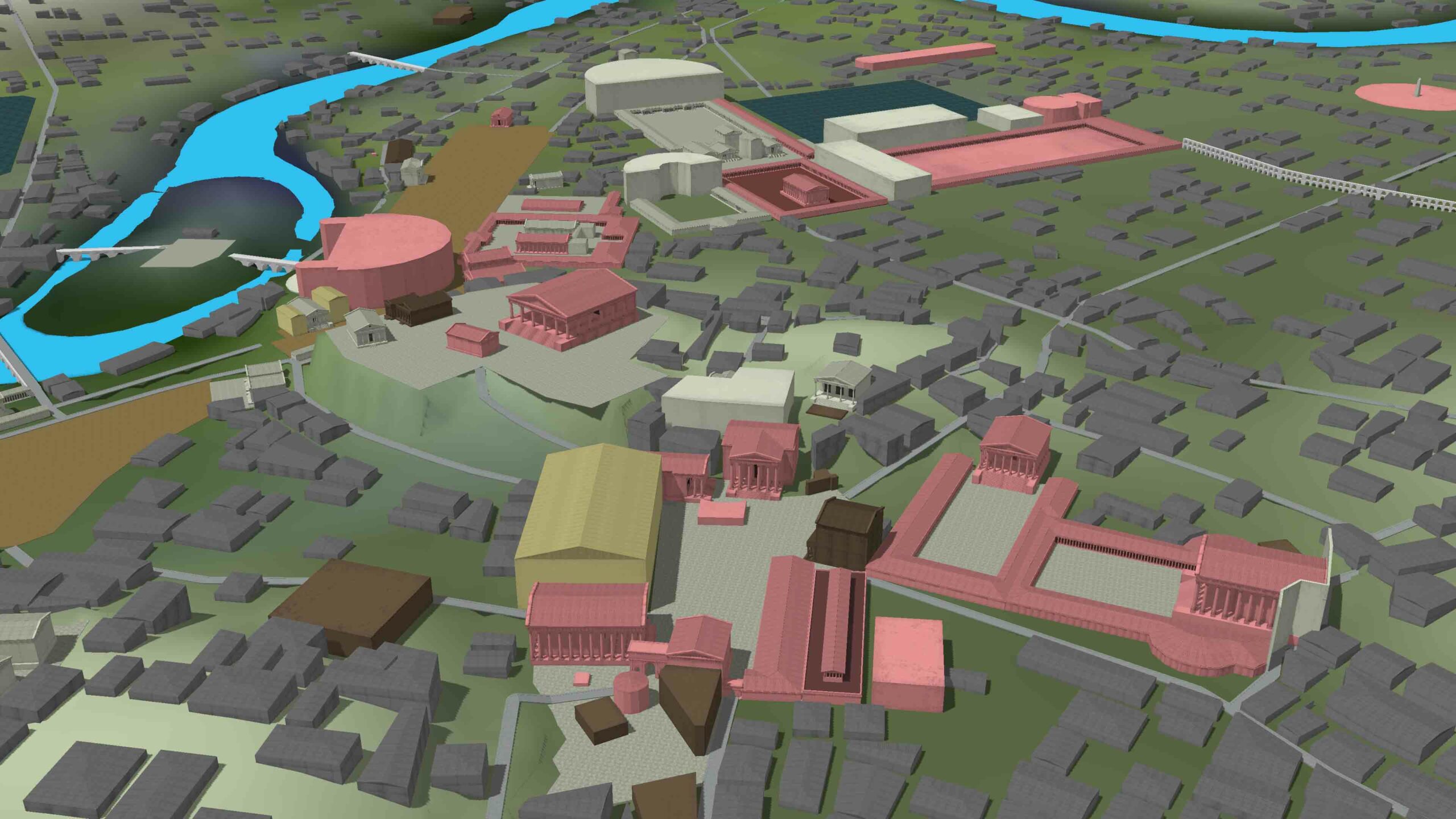
BERKELEY, CALIFORNIA—An international team of scientists has identified a set of genetic mutations involved in fat metabolism in nearly 100 percent of the Inuit, whose traditional diet is high in marine animal fat. The mutations are thought to be at least 20,000 years old, and may have helped people adapt to high-meat, high-fat diets. “We think it is a quite old selection that may have helped humans adapt to the environment during the last Ice Age, but the selection is far stronger in the Inuit than anywhere else. It’s fascinating that Greenlanders have a unique genetic makeup that lets them better use their traditional food sources,” Matteo Fumagalli of University College London said in a press release from the University of California, Berkeley. Only two percent of Europeans and 15 percent of Han Chinese carry these mutations. For more about the archaeology of the High Arctic, go to "Cultural Revival."



